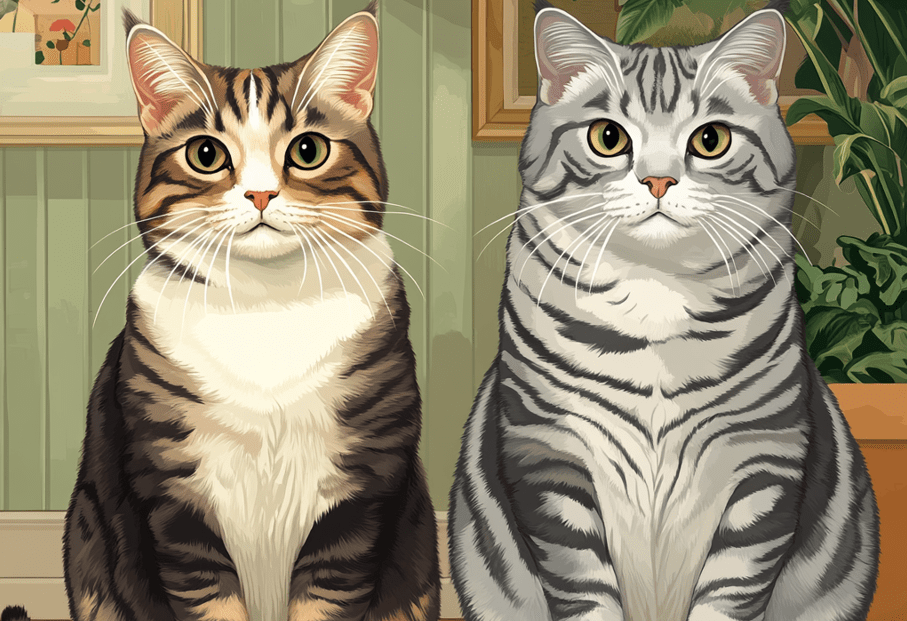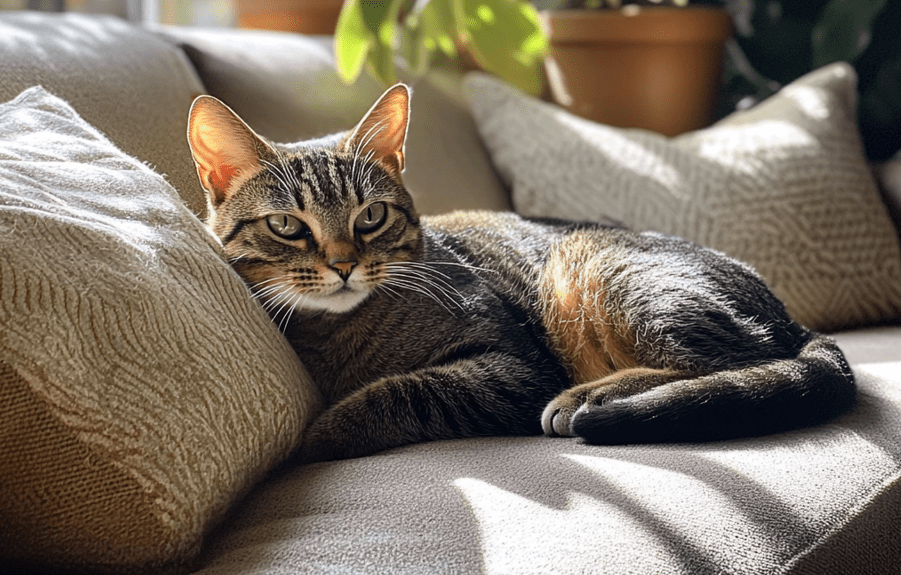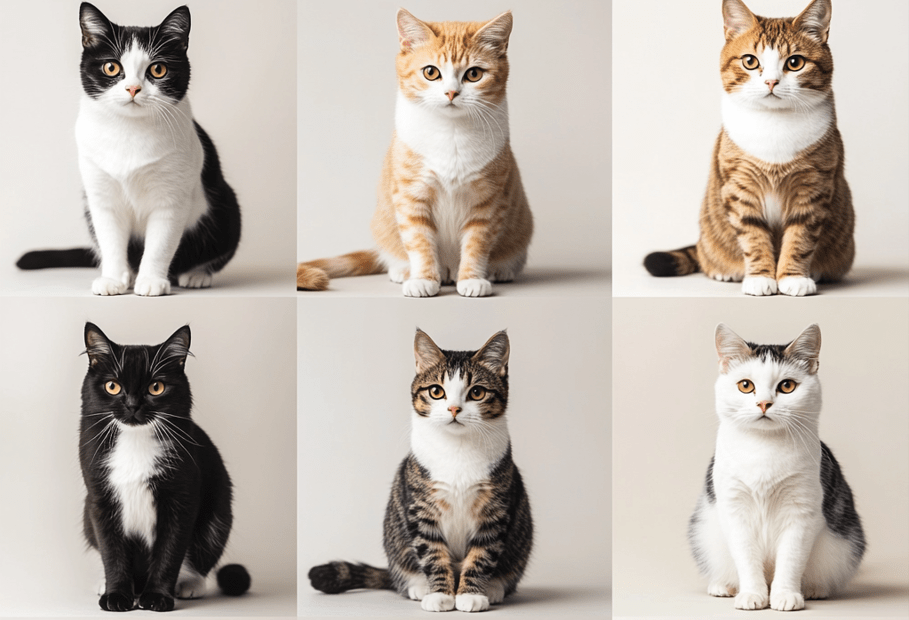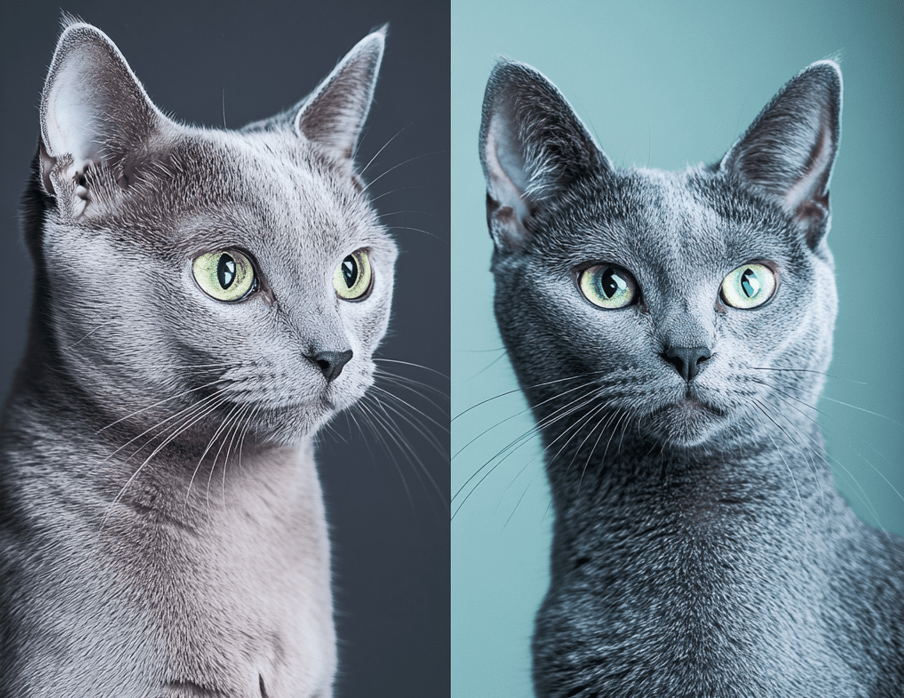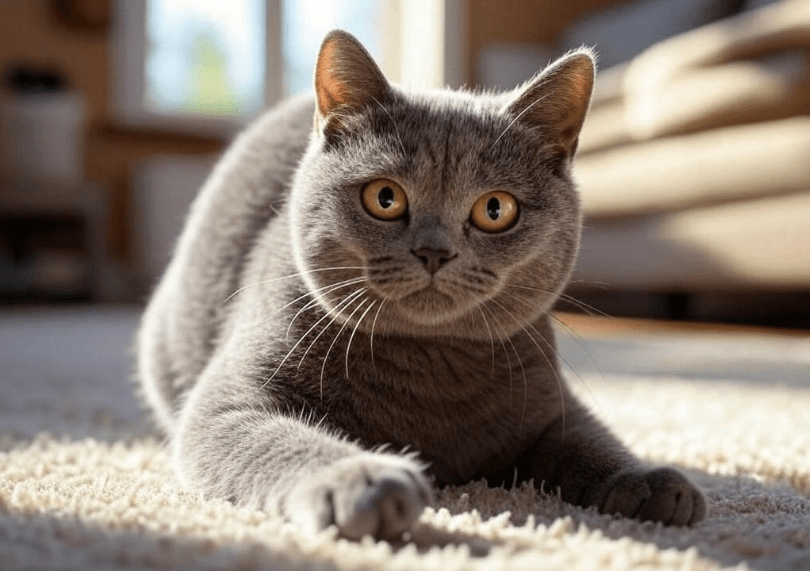
Grooming a Domestic Shorthair can be a challenge, especially if your cat despises the process. Finding the right brushes for Domestic Shorthairs that hate grooming is crucial to keeping their coat healthy while minimizing stress for both you and your feline friend. Domestic Shorthairs, with their short, dense coats, require regular grooming to reduce shedding, prevent matting, and maintain skin health. This comprehensive guide explores the best brushes designed for grooming-averse Domestic Shorthairs, offering practical tips to make grooming sessions easier and more effective. Whether your cat squirms, hisses, or bolts at the sight of a brush, we’ve got you covered.
Why Grooming Matters for Domestic Shorthairs
Domestic Shorthairs are a diverse breed with short, sleek coats that are relatively low-maintenance compared to long-haired breeds. However, regular grooming is still essential for their health and well-being. Here’s why:
Reduces Shedding: Brushing removes loose hair, minimizing fur on furniture and clothes.
Prevents Matting: Even short coats can develop mats, especially in high-friction areas like under the legs.
Promotes Skin Health: Grooming stimulates blood flow and distributes natural oils, keeping the coat shiny.
Detects Health Issues: Regular brushing allows you to spot skin abnormalities, fleas, or lumps early.
Strengthens Bonding: When done correctly, grooming can become a positive bonding experience.
For Domestic Shorthairs that hate grooming, choosing the right brush and approach is key to transforming this necessary task into a tolerable—or even enjoyable—routine.
Challenges of Grooming a Domestic Shorthair That Hates Brushing
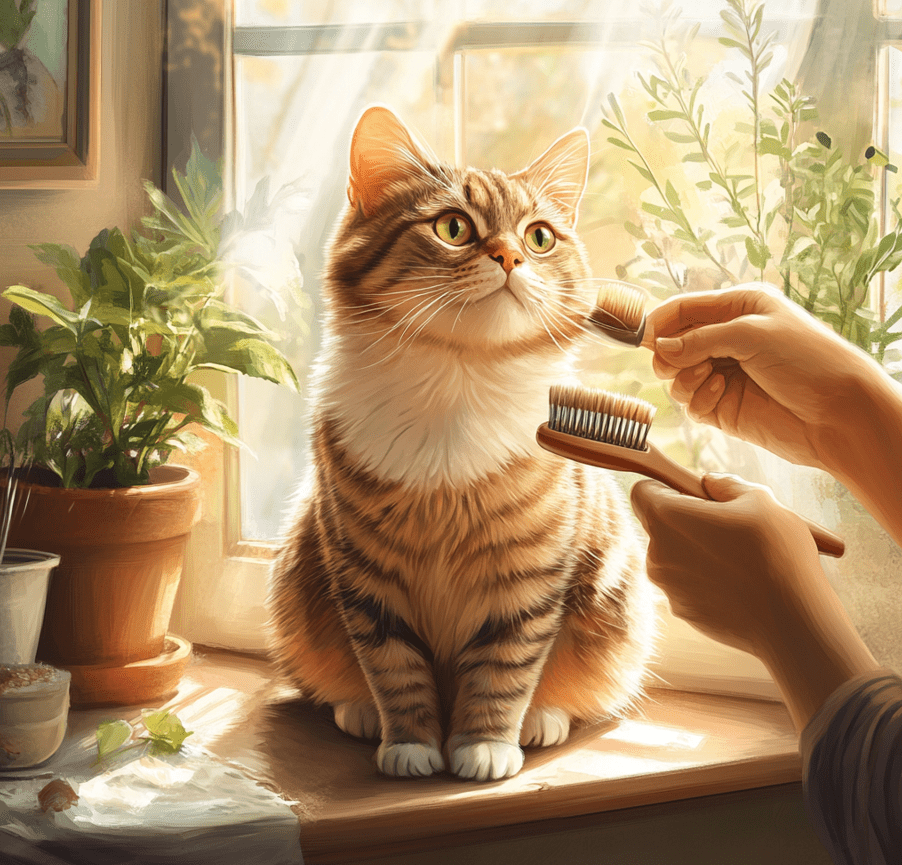
If your Domestic Shorthair resists grooming, you’re not alone. Many cats dislike the sensation of brushing due to:
Sensitivity: Some cats have sensitive skin, making brushing uncomfortable.
Past Trauma: Rescue cats or those with negative grooming experiences may associate brushes with stress.
Unfamiliar Tools: A brush’s texture, size, or sound can feel threatening.
Temperament: Domestic Shorthairs can be independent or finicky, resisting handling.
Overstimulation: Prolonged grooming may overwhelm cats, leading to swatting or fleeing.
Understanding these challenges helps you select brushes that minimize discomfort and pair them with techniques to ease your cat into grooming.
Top Brushes for Domestic Shorthairs That Hate Grooming
Below is a curated list of the best brushes for Domestic Shorthairs that hate grooming. Each option is chosen for its gentle design, ease of use, and ability to make grooming less stressful. We’ve included pros, cons, and tips for use to help you find the perfect tool.
1. Safari Self-Cleaning Slicker Brush
Best for: Reducing shedding and gentle detangling.
Why It Works: The Safari Self-Cleaning Slicker Brush features fine, soft pins that glide through short coats without pulling, making it ideal for sensitive Domestic Shorthairs. Its self-cleaning button ejects collected fur, simplifying cleanup.
Pros:
1.Soft pins reduce skin irritation.
2.Ergonomic handle for comfortable grip.
3.Efficient at removing loose hair and preventing mats.
Cons:
1.May be too large for very small cats.
2.Pins require occasional cleaning to maintain performance.
How to Use:
1.Start with short, gentle strokes in the direction of hair growth.
2.Brush for 1-2 minutes, stopping if your cat shows discomfort.
3.Reward with treats to create positive associations.
Tip: Introduce the brush slowly by letting your cat sniff it first.
2. Hertzko Soft Pet Brush

Best for: Sensitive skin and nervous cats.
Why It Works: The Hertzko Soft Pet Brush has flexible, rounded bristles that massage the skin while removing loose fur, making it a top choice for Domestic Shorthairs that hate grooming. Its gentle design minimizes tugging, reducing stress.
Pros:
1.Ultra-soft bristles for maximum comfort.
2.Lightweight and easy to maneuver.
3.Reduces shedding effectively.
Cons:
1.Less effective for heavy matting.
2.Bristles may wear out with frequent use.
How to Use:
1.Use light, circular motions to mimic petting.
2.Focus on areas your cat enjoys, like the back or cheeks.
3.Keep sessions short (30-60 seconds) initially.
Tip: Pair with calming pheromone sprays to relax your cat.
3. Furminator Deshedding Tool
Best for: Heavy shedders and seasonal coat changes.
Why It Works: The Furminator is renowned for its stainless-steel edge that safely removes loose undercoat hair without cutting the skin. It’s highly effective for Domestic Shorthairs with dense coats, though it requires careful use on grooming-averse cats.
Pros:
1.Removes up to 90% of loose hair.
2.Durable and long-lasting.
3.Reduces shedding significantly.
Cons:
1.Can feel intense for sensitive cats.
2.Higher price point.
How to Use:
1.Apply minimal pressure to avoid discomfort.
2.Brush in small sections, avoiding sensitive areas like the belly.
3.Limit sessions to 2-3 minutes to prevent overstimulation.
Tip: Use sparingly (once a week) to avoid over-grooming.
4. Pet Neat Grooming Glove
Best for: Cats that hate traditional brushes.
Why It Works: The Pet Neat Grooming Glove mimics the feel of petting, making it an excellent alternative for Domestic Shorthairs that resist brushes. Its silicone tips gently collect loose fur while providing a soothing massage.
Pros:
1..Feels like petting, reducing stress.
2.Easy to clean with soap and water.
3.Adjustable fit for all hand sizes.
Cons:
1.Less effective for deep deshedding.
2.May not reach dense undercoats.
How to Use:
1.Pet your cat gently, focusing on their favorite spots.
2.Start with short sessions to build tolerance.
3.Peel off collected fur and rinse the glove.
Tip: Use during cuddle time to make grooming feel natural.
5. JW Pet Gripsoft Cat Brush
Best for: Everyday grooming and sensitive cats.
Why It Works: The JW Pet Gripsoft Cat Brush features soft, angled bristles that glide smoothly through short coats, reducing pulling and discomfort. Its non-slip handle ensures precise control, ideal for skittish Domestic Shorthairs.
Pros:
1.Gentle on skin and coat.
2.Affordable and widely available.
3.Comfortable grip for extended use.
Cons:
1.Not ideal for heavy shedding.
2.Bristles may bend with rough use.
How to Use:
1.Brush lightly in the direction of hair growth.
2.Focus on one area at a time, like the back or sides.
3.Stop if your cat seems agitated.
Tip: Let your cat play with the brush first to reduce fear.
How to Choose the Right Brush for Your Domestic Shorthair
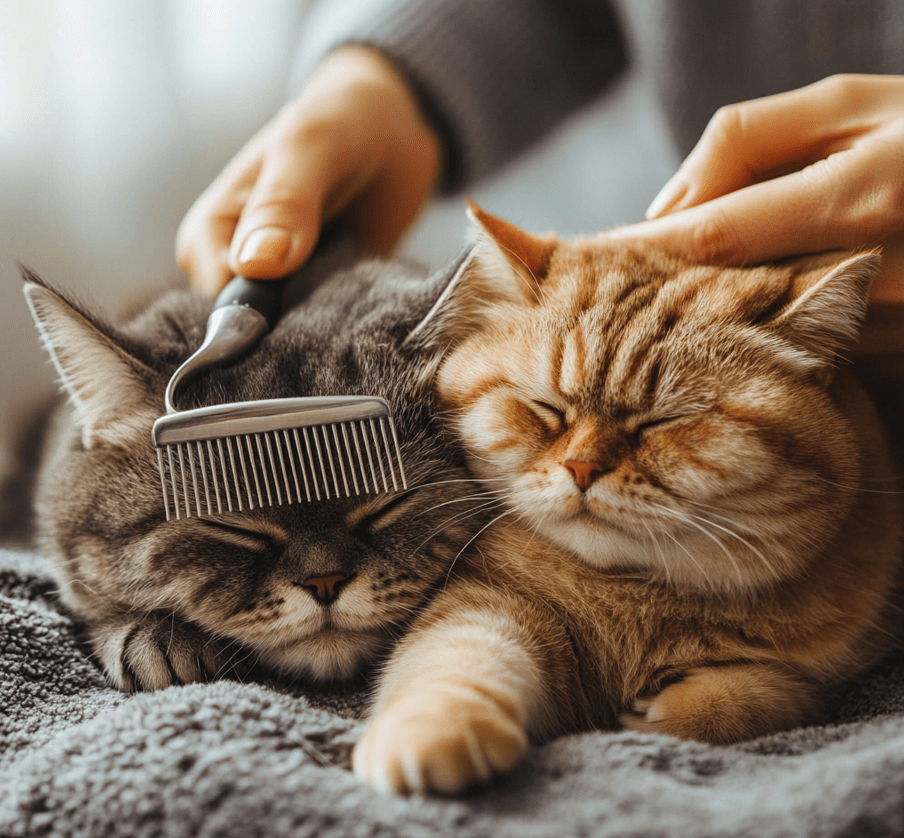
Selecting the best brush depends on your cat’s specific needs and grooming tolerance. Consider these factors:
Coat Density: Cats with thicker coats may need a deshedding tool like the Furminator, while lighter coats benefit from soft brushes like the Hertzko.
Sensitivity Level: Opt for gloves or soft-bristle brushes for cats with sensitive skin.
Shedding Frequency: Heavy shedders require robust tools like the Furminator or Safari Slicker.
Temperament: Nervous cats respond better to gloves or brushes that mimic petting.
Your Budget: High-end tools like the Furminator are pricier but durable, while the JW Pet Brush is budget-friendly.
Pro Tip: Test multiple brushes to find the one your cat tolerates best. Start with a grooming glove if they’re particularly resistant.
Tips for Grooming a Domestic Shorthair That Hates Brushing
Using the right brush is only half the battle. These strategies help make grooming sessions stress-free for your Domestic Shorthair:
1. Introduce the Brush Gradually
1.Let your cat sniff and explore the brush before using it.
2.Rub the brush on their bedding to add familiar scents.
3.Start by gently touching the brush to their back without brushing.
2. Keep Sessions Short
1.Begin with 30-60 seconds of brushing to avoid overwhelming your cat.
2.Gradually increase duration as they become more comfortable.
3.Stop immediately if they show signs of distress (hissing, swatting, or fleeing).
3. Create Positive Associations
1.Offer treats or praise before, during, and after grooming.
2.Brush during calm moments, like after a meal or nap.
3.Pair grooming with a favorite activity, like petting or playtime.
4. Choose the Right Environment
1.Groom in a quiet, familiar space free from distractions.
2.Use a non-slip surface, like a towel, to keep your cat secure.
3.Avoid grooming during stressful times, like after a vet visit.
5. Use Calming Aids
1.Apply pheromone sprays or diffusers to reduce anxiety.
2.Play soft music or white noise to create a soothing atmosphere.
3.Consider calming treats or supplements (consult your vet first).
6. Watch for Body Language
1.Look for signs of relaxation, like purring or slow blinking.
2.Stop if you notice flattened ears, a swishing tail, or dilated pupils.
3.Respect your cat’s boundaries to build trust.
7. Alternate Tools and Techniques
1.Switch between brushes and gloves to find what your cat prefers.
2.Use a damp cloth for light grooming if brushes are too stressful.
3.Incorporate petting to transition into brushing.
Common Mistakes to Avoid
When grooming a Domestic Shorthair that hates brushing, steer clear of these pitfalls:
Forcing the Process: Pushing your cat to endure long sessions can increase fear and aggression.
Using Harsh Tools: Brushes with sharp or rigid bristles can cause pain, worsening resistance.
Ignoring Stress Signals: Continuing to brush an agitated cat damages trust.
Inconsistent Grooming: Sporadic sessions make it harder for your cat to adjust.
Neglecting Skin Health: Failing to check for fleas, dryness, or lumps during grooming misses critical health cues.
Conclusion

Finding the best brushes for Domestic Shorthairs that hate grooming is a game-changer for both you and your cat. From the gentle Hertzko Soft Pet Brush to the versatile Pet Neat Grooming Glove, these tools are designed to minimize stress and maximize comfort. Pair them with patient, positive techniques—like short sessions, treats, and a calm environment—to transform grooming into a tolerable routine. With the right brush and approach, you can keep your Domestic Shorthair’s coat healthy, reduce shedding, and even turn grooming into a bonding opportunity. Start exploring these brushes today, and make grooming a stress-free part of your cat’s life.

